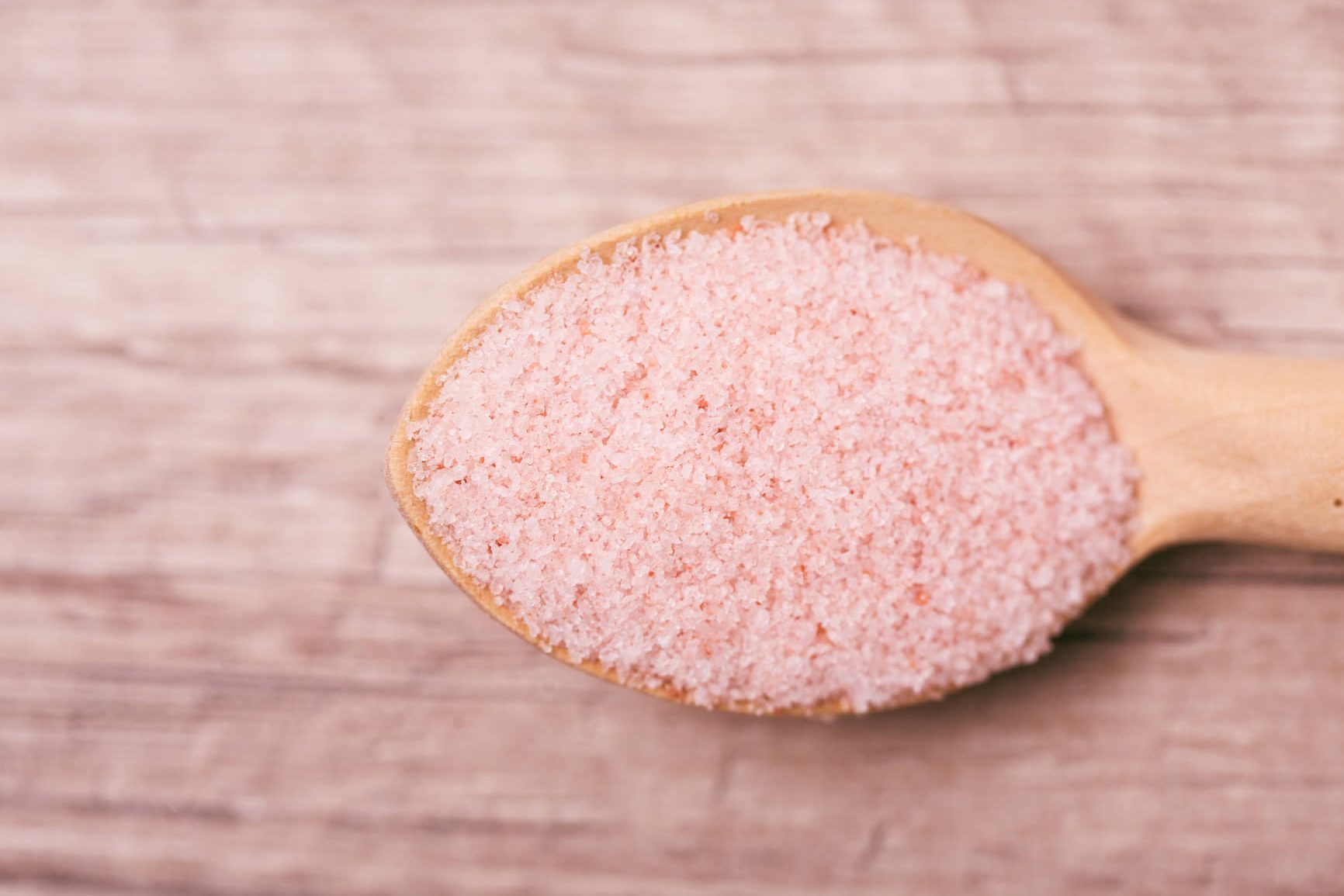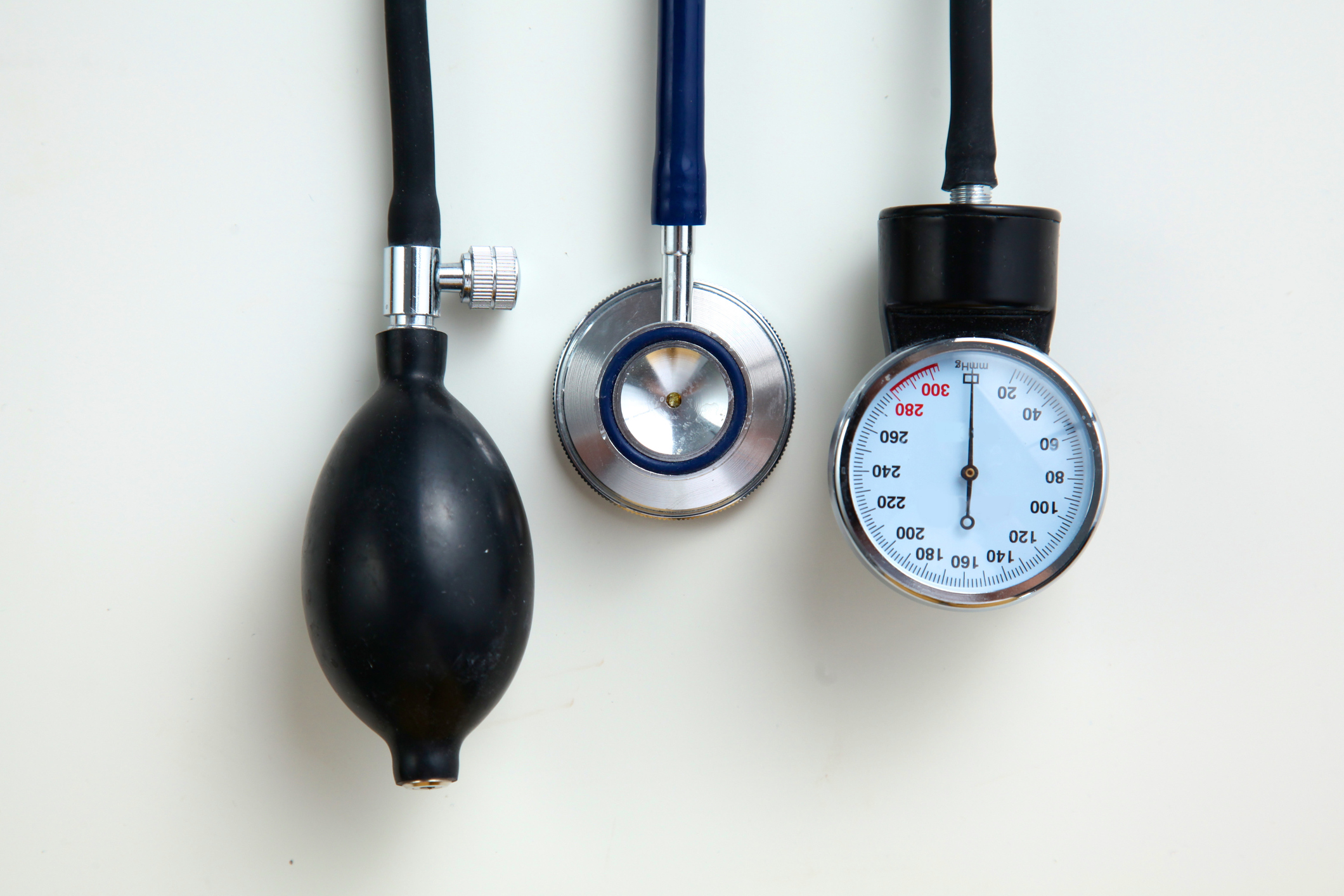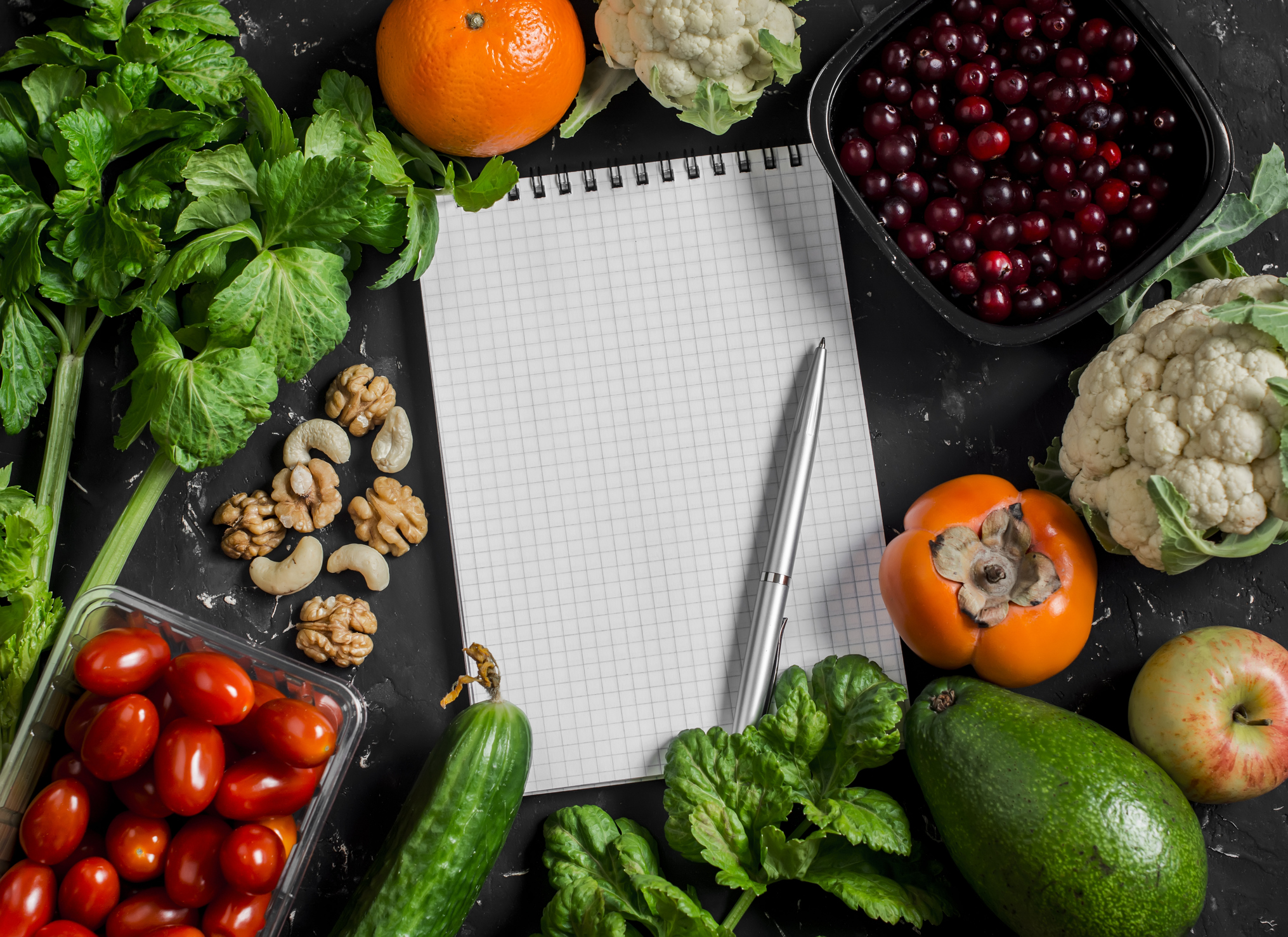-
We’ve long used salt to add flavour to our meals and to preserve our food. But according to leading health bodies, Australians are eating too much. Read on to find out how much salt is too much, how it affects your health and tips for cutting back.
How much salt is too much salt?
The Australian National Health and Medical Research Council (NHMRC) recommends no more than one teaspoon (5g) of salt (sodium) per day, per adult. However, the modern Australian diet averages twice the recommended number, with many of us consuming up to 8g of salt per day. While this average is too high, our bodies still require some sodium to stay healthy. It’s important to understand how a salty diet affects your health and what you can do to strike the right balance.
How does salt affect your health?
It’s all about your blood pressure. Our bodies need sodium, a compound found in salt, to help regulate and circulate blood and other fluids. However, eating too much salt is linked to high blood pressure, which can have a negative effect on our health. It’s a significant risk factor for a number of chronic conditions like heart disease and stroke. The Medibank Better Health Index showed in 2017, 15.3% of Australians had high blood pressure. And while many people think that high blood pressure only affects older people, it affects young Australians too. Of Australians aged 18-24, 41,000 had high blood pressure, and of those aged 25-34, 86,000 had high blood pressure.
Salt: How much is too much?

Where is the salt in my diet coming from?
While most of us like to add a little pinch or a crack of sea salt here and there, 75% of our salt intake is hidden in many of the packaged foods we eat. Some of the biggest contributors of extra salt in our diet include:
- Bread: It may surprise you, but bread is a major contributor of hidden sodium. Some white breads contain roughly 0.76g - 15% of your daily maximum allowance - in just two slices. Look for bread with less than 400mg of sodium per 100g when shopping.
- Condiments: Store bought cooking sauces and condiments like soy sauce, salad dressings, dips, ketchup and salsa can all contain large amounts of salt. Look for ‘reduced salt’ options where available, for instance soy sauce. You can also try making your own sauces so you can control the amount of salt added.
- Processed meats: Products like sausages, salami and bacon all contain large amounts of salt, which help to preserve the meat. Just one rasher of bacon contains nearly a third of your recommended daily salt intake. If you’re looking for sandwich alternatives, chicken or turkey breast are better options.
- Cheese: Halloumi and feta, while widely enjoyed by many Australians are some of the saltiest cheeses found in the deli. If you’re looking to reduce your salt intake but can’t give up your cheese, why not try swiss cheeses? They have less salt than others, and you’ll still be able to get all the good protein, calcium and vitamins that cheese offers.
How can I reduce salt in my diet?
Aside from monitoring the salt levels of pre-packaged items you place in your shopping trolley, there are other ways you can reduce salt in your diet.
Commenting on how to manage your salt intake in the home, Heart Foundation Dietitian Sian Armstrong said: “There are lots of ways you can reduce your salt intake. One way is to be wary of packaged or processed foods that are high in salt, like ham, dips or pasta sauce, so read the nutrition label and choose a lower salt (sodium) alternative."
"Another way is to reduce the amount of salt you add to your meals, or when cooking. While it might take some getting used to, your taste buds adapt to lower salt levels in just a few weeks. Try using flavoursome herbs and spices in place of salt and experimenting with different styles of cooking such as grilling, sauteing and roasting to bring out the natural flavours of food.”
For more information on salt and your health, visit Unpack the Salt – a joint initiative of VicHealth and the Heart Foundation.

Get checked, get rewarded
Earn 750 Live Better points towards rewards when you complete the blood pressure check challenge by 28 April.*
*Must be eligible member with hospital or extras cover to redeem.
-
Do you need an electric toothbrush?
Which toothbrush scrubs up best?
-
Dietitian, nutritionist or naturopath: What’s the difference?
Who should you see for professional dietary advice?
-
5 ways to eat healthy while travelling
Come home feeling refreshed, fit and energised.
-
How often should you get your teeth cleaned?
We spoke to Medibank Members’ Choice Advantage dentist Dr Jonathan Cichero to find out.
-
Daily habits for good oral health
Do you really need to floss? Is an electric toothbrush better than a manual one? Find out which habits to make (and which ones to break) for better oral health.
-
How to conquer your fear of the dentist
Dr Merrilyn Hooley's tips for a less stressful dental appointment.
Subscribe to receive the best from Live Better every week. Healthy recipes, exercise tips and activities, offers and promotions – everything to help you eat, move and feel better.
By clicking sign up I understand and agree to Medibank's privacy policy






